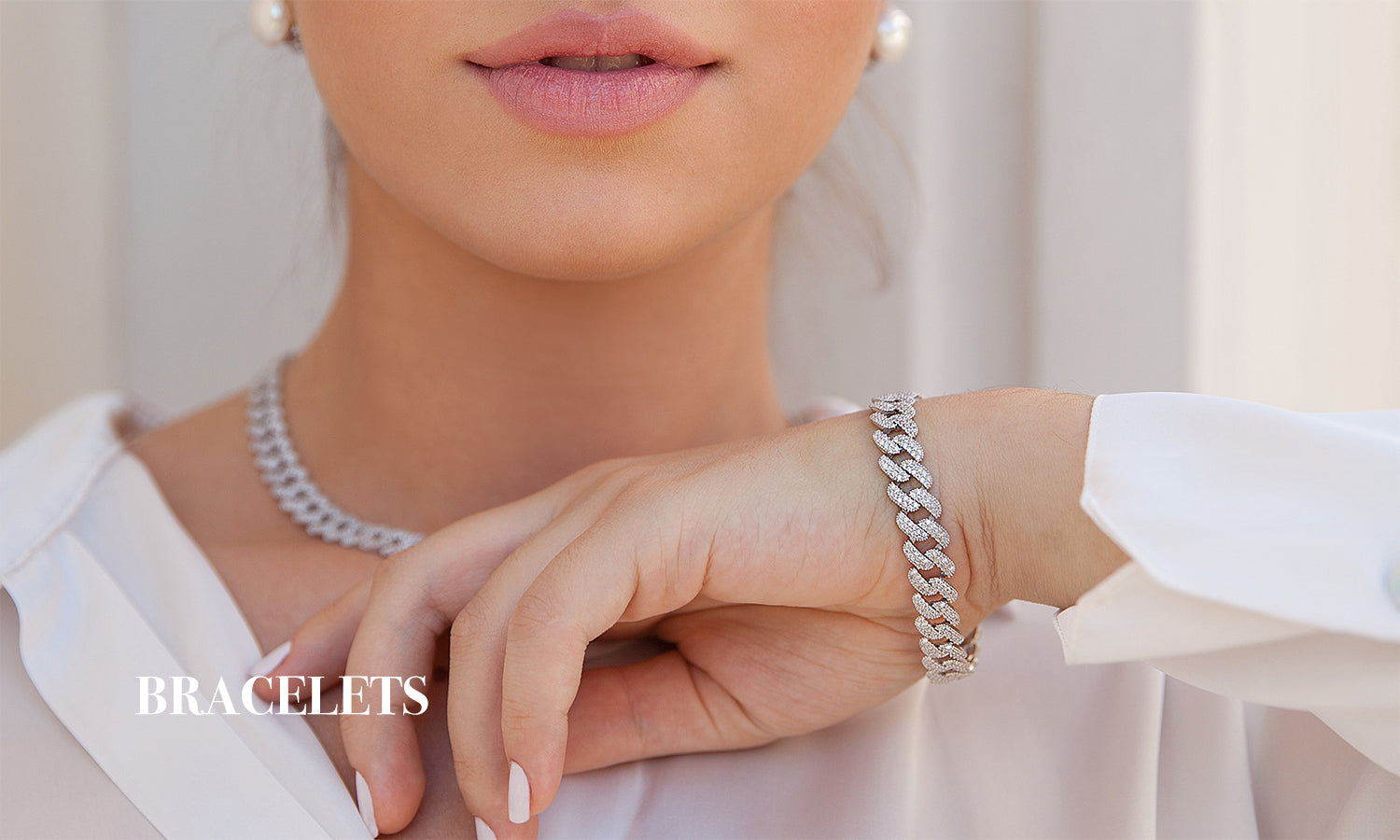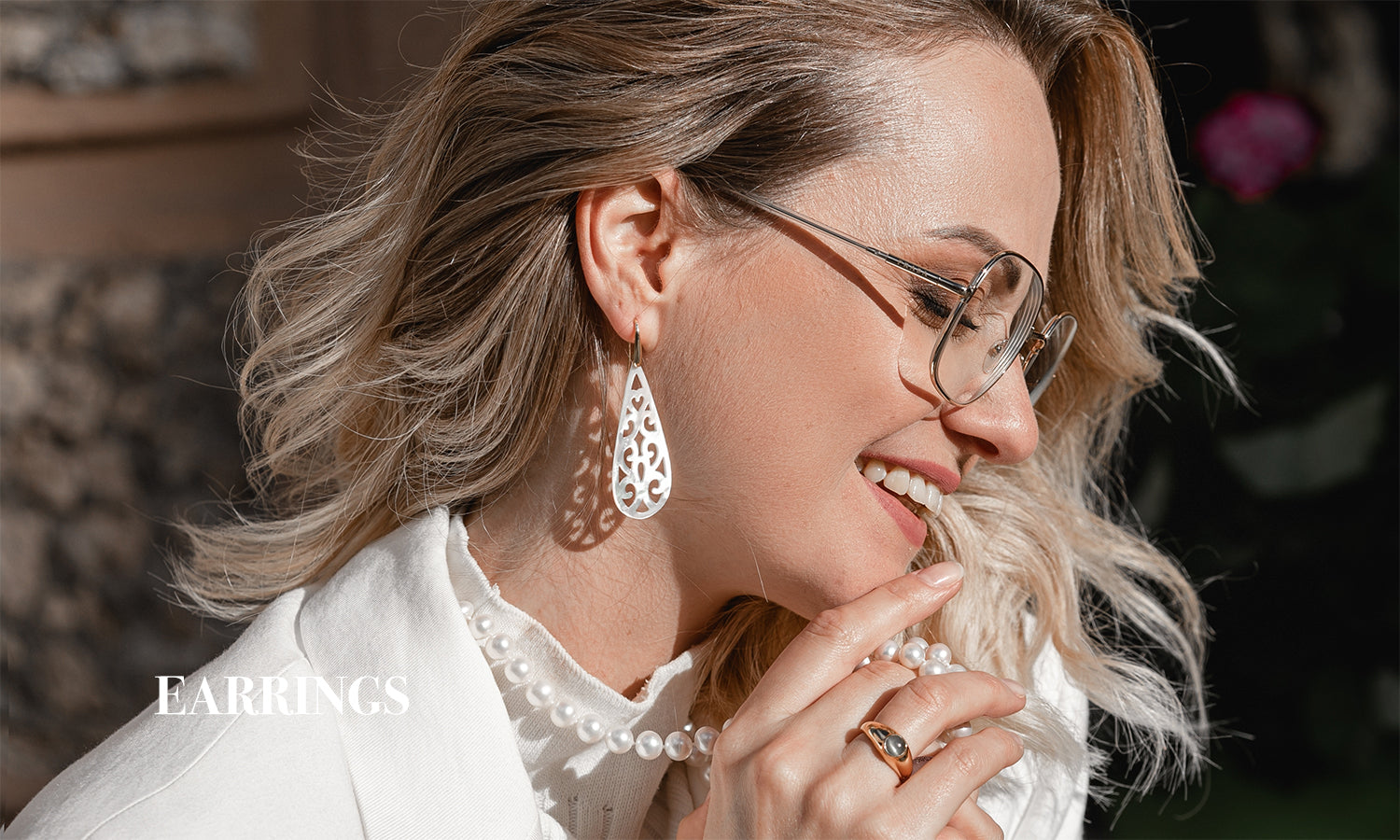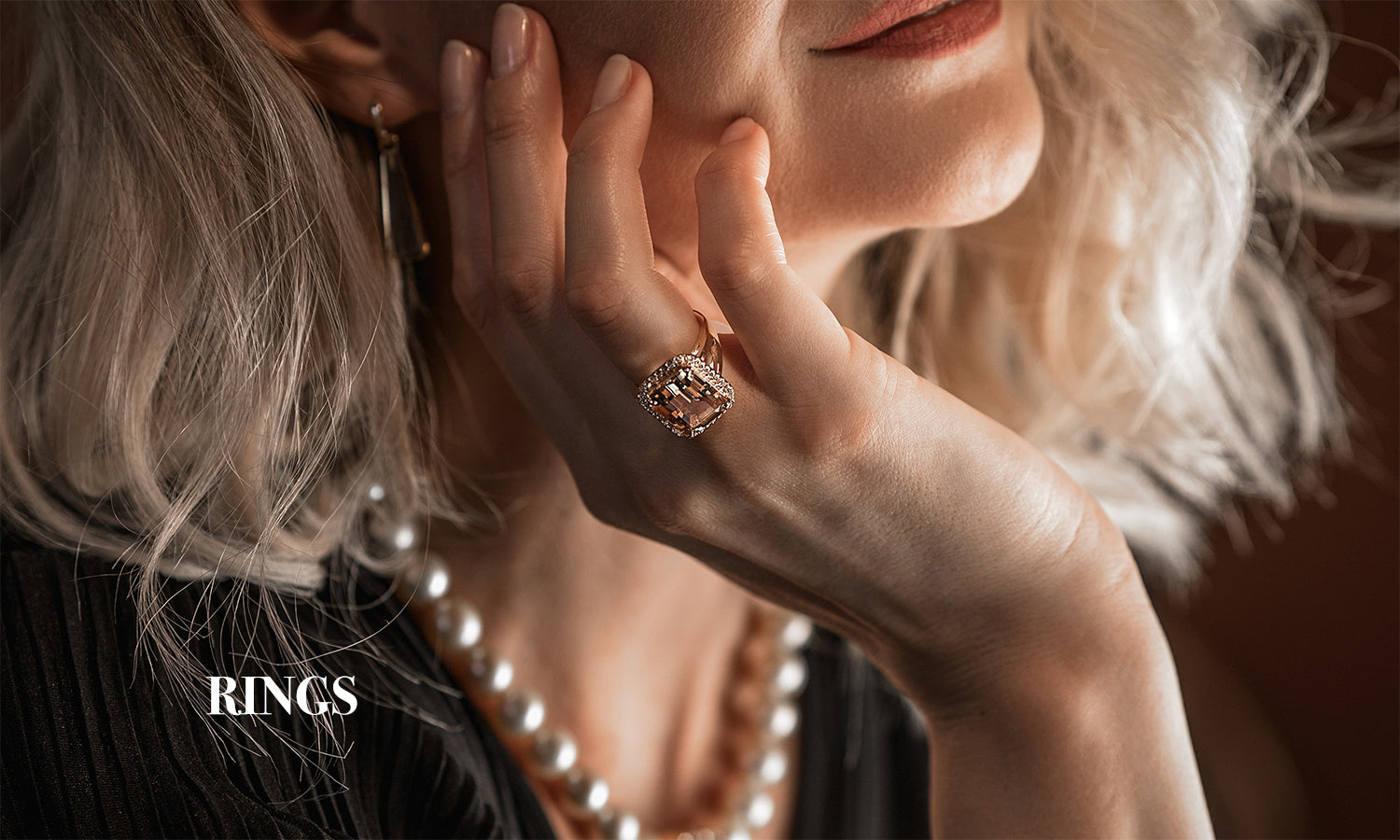Until not so long ago, besides diamonds, sapphire, ruby, and emerald were the only ones considered precious stones. The rest were called semi-precious stones. Today, gemology has evolved and we no longer have only 3 gemstones in jewelry. Today at Planderful we will tell you the curiosities of these gems.
What are gemstones?
There are several colored minerals in nature, but not all of them are gemstones. Only rare, durable stones with a certain hardness receive this name. Each has its own specific meaning and hardness. Other beautiful stones used in jewelry, such as topaz, citrine, and amethyst, looked like ordinary colored stones.
According to the most common definition, there are four gemstones: emerald, sapphire, diamond, and ruby. The ancient Greeks came up with this classification based on the scarcity of stones. They are always minerals, which are more or less translucent, with a striking crystalline structure.
Today, certificates are issued for diamonds in terms of the 4Cs. These stand for carat, color, clarity, and cut (cut). This is used to tell you exactly what quality of diamond you are buying.
According to legend, each type of colored gemstone has its own significance. Wearing gemstones brings a certain energy. You should consider this aspect before choosing your stone or jewelry.

Source: https://noraydesigns.com/blogs/news/ruby-vs-sapphire-vs-emerald-which-gem-will-you-choose
How are gemstones formed?
The earth is full of gemstones, which usually originate between 5 and 40 km below the earth's surface. Diamonds, however, originate even deeper: 150 to 250 km below the earth's surface. Diamond is not only the hardest gemstone, but it is also the hardest material on the planet. It is followed by sapphires, rubies, topaz, and quartz. But where do gemstones come from?
Most gemstones were formed between three billion and a few tens of millions of years ago. There are several types of minerals in nature, which can form gemstones in one of three ways.
The most attractive and clearest minerals form when magma cools deep below the earth's surface, forming crystals. The presence of certain metals (aluminum, chromium, or iron) gives a splendid and intense color: red for ruby and green for emerald. The movement of subway displacement brings these "igneous rocks" to the surface.
"Sedimentary rocks" are formed from rocks eroded by rain, wind, heat, and cold. For example, pieces (called sediments) break off, which rivers carry to the bottom of the ocean. There, the sediment forms thicker and thicker layers, the weight of which compresses the rock.
When a rock goes deeper under the earth's crust due to a landslide and is heated again under high pressure, it hardens. Marble is a typical example of a "metamorphic or magmatic rock".
The different types of gemstones
In addition to diamonds, sapphires, rubies, and emeralds enjoy great fame and popularity. Other colored stones used to be called semi-precious stones, but they are also natural gemstones. What is the difference between gemstones and colored stones? The latter are not as hard and not as rare. The best known are purple amethysts, blue or pink topaz, light blue aquamarines, and reddish brown garnets.
In short, gemstones are gem quality minerals, the necessary characteristics for which are durability, scarcity and beauty.
You may also be interested in: Differences between precious and semiprecious stones
Emerald
The intense green of the emerald is its main characteristic, and it is due to the small amounts of Chromium and Vanadium that compose it. Its name means "green stone" and comes from the Greek term "smaragdos" and has a hardness of 7.5 - 8 on the Mohs scale. Emerald belongs to the Beryl family.
Emeralds are also known for their specific cut. The step cut or trap cut has a rectangular or square shape with cut corners. This type of carving maximizes the beauty and color of the emerald, while protecting it from internal and mechanical stress.
No emerald is the same, since they have inclusions or defects, also called gardens, but this is one of the characteristics that make them beautiful. According to their inclusions, it is possible to know from which country and even from which deposit emeralds come from.
The best known emeralds usually come from Colombia, Brazil, but they can also be found in other countries such as Zimbabwe, Zambia, Ethiopia or Russia.

Source: https://ar.pinterest.com/pin/357684395404316918/
Rubi
This gem belongs to the corundum family and its red color (from the Latin "ruber") is its characteristic symbol with a hardness of 9 on the Mohs scale. The shades of this stone can vary because they depend on its concentration of chromium and iron which makes it browner or redder. Its quality depends on the inclusions and its transparency.
The first ruby was discovered in Sri Lanka, although currently where more reddish stones are found is in Burma. Here are the most valuable rubies, called 'pigeon's blood ruby', which are extracted in the mines of Myanmar.
Sapphire
Let's finish with another gemstone of the corundum family, the sapphire, with a hardness of 9 on the Mohs scale. Its name comes from the Latin "sapphirùs", which in turn comes from the Greek "sappheiros", and this, in turn, comes from the Hebrew "sapir" meaning neat.
Its main characteristic is its dark blue and vitreous-silky luster. The type of blue and its intensity is quite variable as it depends on the small impurities in its components such as chromium, iron, or titanium in the aluminum oxide (the main component of the mineral).
We can also find fancy sapphires, which are those (less common) with a variety of colors such as yellow, green, purple, violet, pink, orange and a surprising padparadscha, a very valuable and appreciated orange-pink variety in the world of gemstones.
The most frequent place to find it is in alluvial and eluvial deposits, if it is in contact of pegmatites with gneiss it will come from Sri Lanka or Tanzania, with limestones in sapphires from Chachemira or with syenites in sapphires from Myanmar.

Source: https://www.withclarity.com/education/gemstone-education/sapphire-gemstone/sapphire-value
Visit Planderful's website and explore our jewelry.





